How To Follow The Local Elections
Local elections are being held on Thursday 4 May (Alamy)
10 min read
Labour and the Conservatives face a significant test of public opinion on Thursday when voters across England decide who will run their councils – often seen as a barometer for how major parties might perform at the next general election.
Local elections in England will take place on Thursday 4 May, with hundreds of results announced throughout the next day.
The Conservatives, Labour, the Liberal Democrats, Greens and multiple smaller parties and independents will be vying to defend or win as many seats as possible.
Here is everything you need to know about what to look out for in the local elections in England, and which seats to watch as definitive losses or victories for major parties:
How many councils are up for election and where?
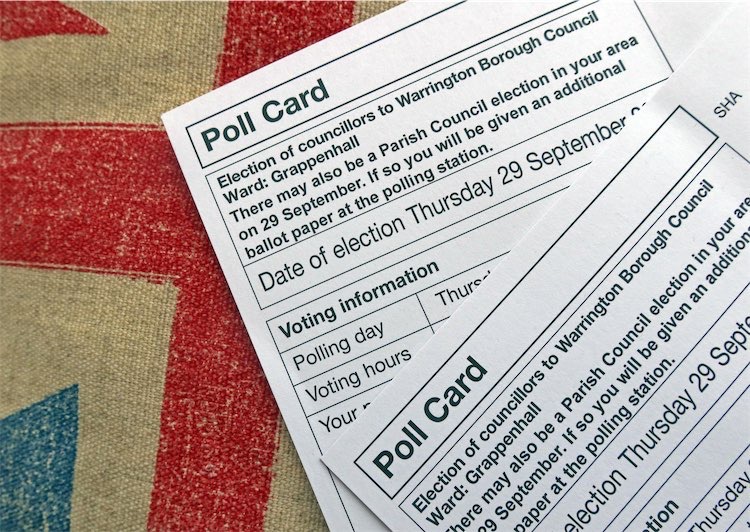 Hundreds of councils across England are holding local elections (Alamy)
Hundreds of councils across England are holding local elections (Alamy)
There will be a record number of all-out contests across councils in England, with two thirds of all councils having all seats contested.
Around 230 councils are holding votes overall, and a total of 8,057 seats up for grabs in 4,831 wards.
Not all council elections take place in the same year, but as the majority of councils held their last elections in 2019, this year will see most held again as the four-cycle has completed.
Of all the councils being contested, 83 are Conservative-run, 49 are controlled by Labour and a further 17 are Liberal Democrat.
There are no local elections in Greater London, as they went to the vote last year, but a number of areas around the capital will be contested.
In some areas, including Bedford, Leicester, Mansfield and Middlesbrough, mayoral elections will also take place.
There are no local elections in Wales and Scotland this year, but Northern Ireland will hold local elections on 18 May.
Jon Tonge, professor of British politics at the University of Liverpool, described this year’s set of local elections as “unusually large”.
“That can create local political earthquakes,” he told PoliticsHome.
“Councils can change hands much more easily and so the potential for big upheavals on councils is actually greater.”
Which councils are most likely to see upheavals and change hands?
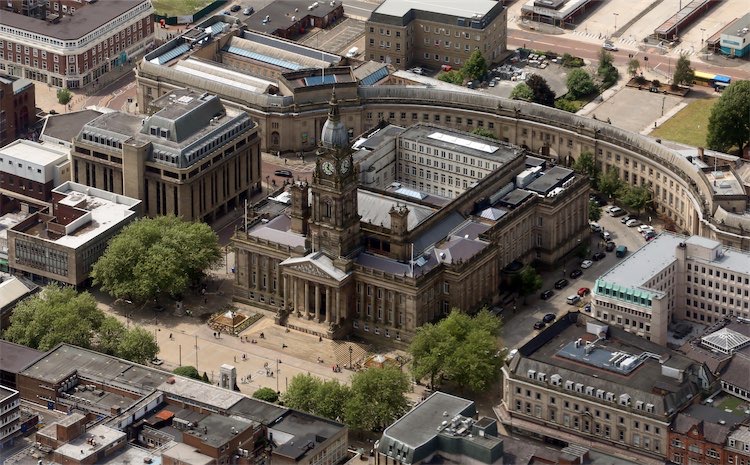 Labour want to regain Bolton Council from the Conservatives (Alamy)
Labour want to regain Bolton Council from the Conservatives (Alamy)
With potential for huge council upheavals, some will be seen as particularly relevant to the national political battle.
The Conservatives have the most to lose, currently holding the highest number of seats and councils in England, and in theory having the most to lose in terms of defending their record in government.
Tories have majority control of 85 councils and are defending 42 per cent of the total seats across the country.
Meanwhile, Labour has majority control of 50 councils, the Lib Dems have control of 16 authorities, and a third of English councils currently have no overall control as a result of a more balanced mix of council seats among parties.
The so-called ‘Red Wall’ areas in the North will be closely watched to see if Labour can regain seats in some of their traditional regions, including councils such as Bolton in the north west, and Middlesbrough, Darlington and Sunday in the north east, and Stoke-on-Trent in the West Midlands. This is seen as indicative of whether they can win back support lost to the Tories in those areas in 2019 at the next General Election.
In the south of England, the Liberal Democrats will be looking to take control of councils in traditional Tory heartlands, and also want to win Stratford-on-Avon in the West Midlands, which has been run by the Conservative for 20 years but is now only led by a majority of two.
In last year's local elections the Lib Dems took Somerset council from the Conservatives, which was seen as a significant step in Ed Davey's party chipping away in the blue heartlands. A Lib Dem by-election win in nearby Tiverton and Honiton – a longtime Tory safe seat – just over a month later was also considered notable. Whether these successes can be replicated this year, or were a temporary sign of frustration with then-prime minister Boris Johnson, is the killer question for Conservatives and Lib Dems.
What do the polls indicate?
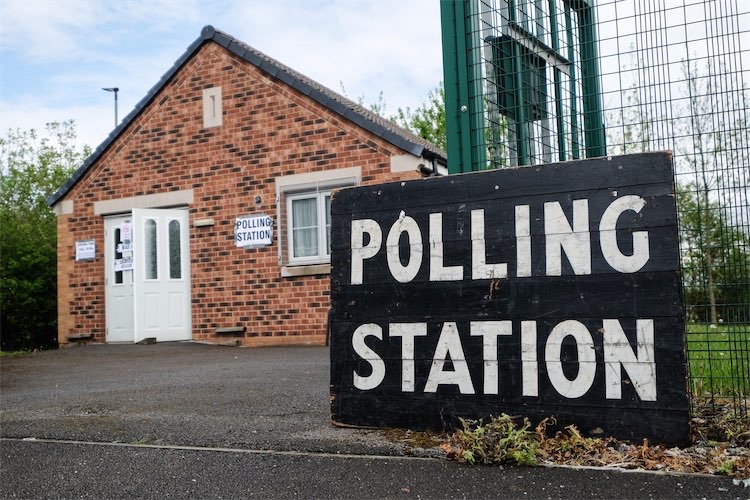 Pollsters expect a loss of around 1,000 council seats for the Tories (Alamy)
Pollsters expect a loss of around 1,000 council seats for the Tories (Alamy)
There have been historic boundary changes to a number of wards across England since the last set of elections, making the results harder to predict than usual.
The Conservatives are in a slightly stronger position this year than they were in 2019, when a number of the same councils were last contested. 2019 was a disaster for then-prime minister Theresa May, as the Tories lost over 1,300 seats.
With a current average rating for the Conservatives of 29 per cent in the polls – an improvement by three points from 2019 – this year is not expected to be as disastrous for the party, but pollsters do expect a loss of around 1,000 seats for the Tories.
Tim Bale, professor of politics at Queen Mary University, expects that Labour will "underperform" as the Conservatives are not facing as much of a challenge from their "right flank" from opponents such as the Brexit Party like they did in previous local contests.
"The Conservatives and Labour are both trying to manage expectations," he told PoliticsHome.
What will the results indicate for the next general election?
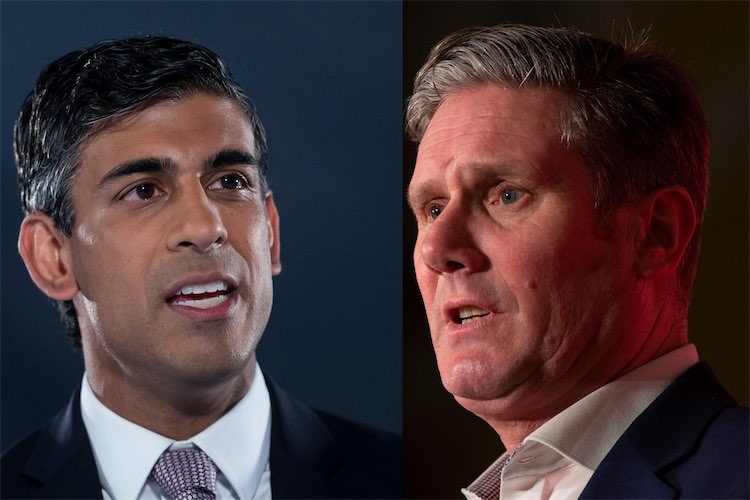 Caption
Caption
Although the turnout for the local elections is comparatively low compared to general elections, the results will be an important indicator of whether Rishi Sunak has managed to turn his party’s fortunes around after six months as Prime Minister.
The local elections are an opportunity for Labour to show their strength and win a number of council seats from the Conservatives. The next UK general election has to be held no later than January 2025, but is widely expected to be held in the autumn of 2024.
“Labour needs to win big at these [local] elections,” Tonge told PoliticsHome, explaining that Labour would need a high number of wins in the locals to suggest they were likely to win enough parliamentary seats in the next general election for a majority.
“Keir Starmer needs a 10 per cent swing [to win a general election], he needs to pick up 145 parliamentary seats.
“They've got to be in Tony Blair Labour landslide country for Labour to get an overall majority.”
Tonge said it was vital for Labour to gain at least 500 seats and take control of 20 councils as a minimum target to be confident they can win the next general election. He highlighted that the results in councils such as the Wirral will show whether Labour can win back control in areas that slipped away from them in the Corbyn years.
But Tonge said it is important to not forget how significant the Lib Dems could become as they contest several key councils in southern England.
“There is a Liberal Democrat revival at pace, and whilst Labour needed that to some extent to get the Conservatives out of office, it's perfectly possible the Lib Dems might get enough seats at the general election to deprive Labour of an overall majority,” Tonge said. This Thursday, he said, the Lib Dems should look to win around 250 council seats.
“They're not going to gain as many as they did four years ago, which was by far their most spectacular local election performance of recent times,” Tonge added.
How will new voter ID laws impact the local elections?
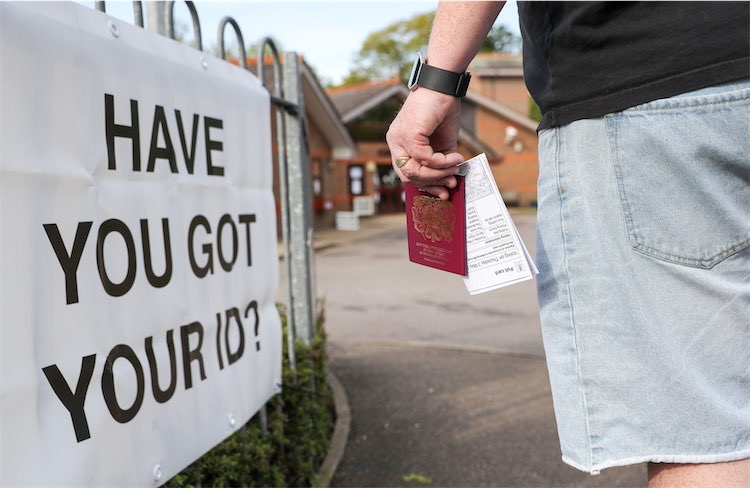 UK, EEA and Commonwealth passports and driving licences can be used as voter ID (Alamy)
UK, EEA and Commonwealth passports and driving licences can be used as voter ID (Alamy)
Last year, it was decided that voters in Great Britain will have to show photo ID to vote in polling stations for general and local elections, as well as voting for police and crime commissioners and in referendums.
Anyone living in an area where a council election is taking place is eligible to vote, as long as they are over 18 and registered to vote.
Communities minister Rachel Maclean described the new ID laws as “absolutely central to protecting our electoral system” as it could help to prevent voter fraud – although voter fraud in the UK is not considered to be a significant risk.
Critics have accused the government of using the new rules to potentially suppress voters, as those without formal ID, often people in marginalised groups, will be left unable to vote.
Labour MP Nick Smith wrote in Labour List: “We know that those most likely to not have existing photo ID are those on low incomes, the young, the elderly and ethnic minorities.
“The new rules would mean that these voters would be at best actively discouraged from voting, at worst locked out entirely.”
Polling expert Sir John Curtice, told BBC Radio 4’s Today programme that older people’s travel cards count as photo ID, whereas young people’s bus passes do not, suggesting that younger voters, who are considered more likely to vote Labour, might be most affected by the new laws.
“Given that we know younger people are rather more inclined to vote Labour these days, it does perhaps cast a little bit of a partisan shadow about the way in which it has been implemented,” he said.
Professor Tim Bale told PoliticsHome he thinks the voter ID laws are a "disgrace".
"Turnout is low enough in elections anyway in this country without actually making it more difficult completely unnecessarily for people to vote," he said.
"The fact that it's easier for some people to get hold of the ID than for others means that it could affect turnout differentially, and that could advantage one party over another."
However, politics professor Jon Tonge told PoliticsHome he thinks postal vote fraud is actually the bigger problem that is not being tackled by this measure.
“Having photographic ID is solving a problem that largely doesn't exist because there's very few proven cases of impersonation,” he said.
“What's anomalous about this, though, is that nearly one in five of us now vote by post, and postal voting appears remarkably lax in terms of its operation.
“What stories of electoral fraud there have been in recent years have involved almost exclusively postal voting.”
The 2023 local elections will be the first time voters need photo ID at the ballot box.
The most common forms of existing photo ID that will be accepted include:
- UK, EEA and Commonwealth passports or driving licences
- Most concessionary travel cards
- Blue Badge
- Proof of Age Standards Scheme (PASS) card
When will the local election results be announced?
 Votes will be counted throughout Thursday night and Friday across England (Alamy)
Votes will be counted throughout Thursday night and Friday across England (Alamy)
Results will be declared from the early hours of Friday morning, with Broxbourne in Hertfordshire expected to be the first.
However, most councils will not announce results until Friday afternoon, so it will be difficult to gain a national picture of how well each party has done until later in the day.
Bale, however, argued that the share of the vote for each party will actually be the most important takeaway – statistics which will only be revealed in the days following the results.
"Parties always make a big thing of individual councils, but actually what really matters is the predicted share of the vote, which we will only know after the number crunchers have had access to all the results in a couple of days time," he told PoliticsHome.
"So people shouldn't get too excited about the numbers on that night and should suspend judgment until a day or two afterwards."
